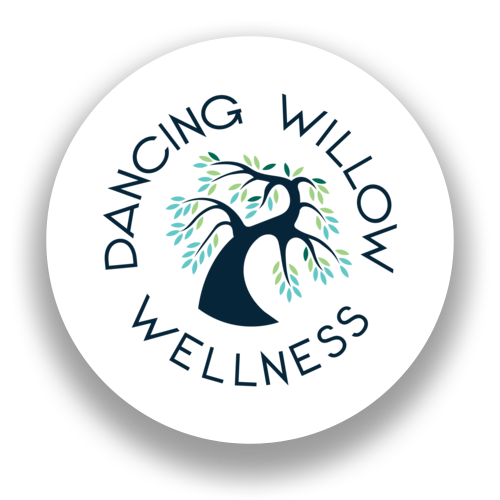Pranayama - Breathing with Intension
"Don't avoid the vulnerable, the awkward, the difficult, the scary. Embrace the breath, the moment, the opening, the unknown." Waylon Lewis
If you can breathe, you can practice yoga.
It doesn't matter if you are an uber healthy person or a quadriplegic or somewhere in between - you can practice yoga. The practices will look very different but that is the beauty of yoga! No two practices have to be the same.
Every person on this planet has one thing in common - we are all breathing.
Have you observed your breath lately? The next time you are feeling agitated, notice your breath. The next time you are feeling happy, notice your breath. The next time you are feeling sad or are crying, notice your breath. With each of these emotions (and many, many, many others) that we feel each day, the breath will change.
Now that you've noticed your breath and how emotion influences it, take a moment and notice where you are breathing. Are you breathing into your chest only? Are you breathing into your abdomen and your chest isn't moving? Is your back moving at all? Notice your posture - are you stilling at a computer hunched over reading this? Maybe your chin is in your hand… If so, take a moment and roll your shoulders up back and down helping you come up to sitting with a long spine. Many yoga teachers queue to find a straight spine - this isn't actually anatomically possible unless you have a few severe spinal issues. The natural curves in our spines give us strength and stability; but I digress! Back to the breath.
Now that you are sitting up and have created a little space, notice how you feel.
This may feel a little odd or foreign especially if you have a habit of rounding forwards. It may feel really good. I hope it's the later rather than the former. If it is the former, that's ok. It will take a little time but sitting up will begin to feel really good.
Ready for some anatomy?!?! Do you know where your lungs are? They are located in your upper chest on either side of your heart. It still amazes me how much room the lungs take up in the chest. I always thought they were smaller, but nope. They are actually span about half of the length of your torso and take up the majority of your rib cage.
Your diaphragm is a dome shaped muscle that connects to your lower ribs in the back, running around your lower ribs and up along the front of your rib cage and connects at the end of your sternum (the bone that runs down the center of your chest and connect to your ribs). Your lungs sit on either side of your heart above the diaphragm and reach all the way up to just above your collar bones. By rounding forwards, we compress the lungs and impact the amount of air we are able to take in with every breath. By sitting up, we can expand 360 degrees allowing for a better oxygen-carbon dioxide exchange.
So now that you know a little about the anatomy of the lungs and you've noticed your breath with different emotions and different ways you sit, what should you do with all this info? You can use it to change your breath.
Say your having a lower energy day and need an energy boost? Try a breath technique like Lion's Breath. Lion's Breath helps to move energy and to release what is bothering you. Feeling a little stressed or anxious? Perhaps give Sighing Breath a try. Need to soothe your jangled nervous system? Bhramari Breath or Humming Bee Breath is great!
One of my favourite teachers, Kat 'Kamalika' Mills, has some great videos on Yoga International that work with each of these different Pranayama techniques. (https://yogainternational.com/profile/181112) Play with the different techniques and see which one works best for you in which situation.
I'd love to know if you have a favourite Pranayama technique! Please share in the comments below.
Love, Light and Om,
Andrea
